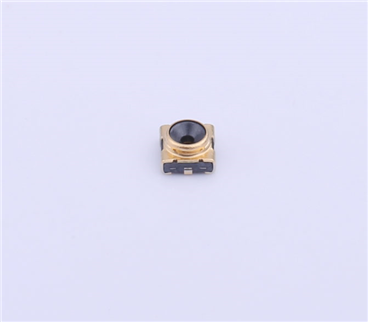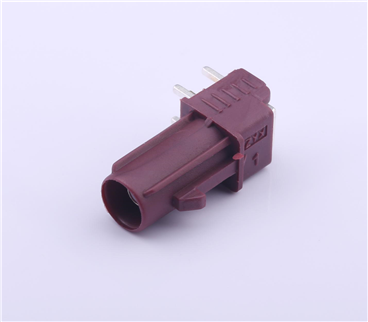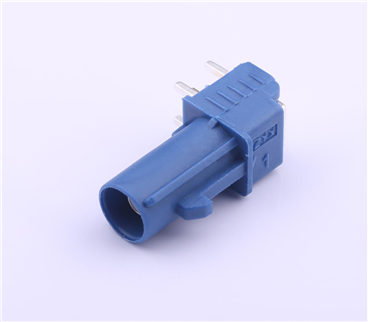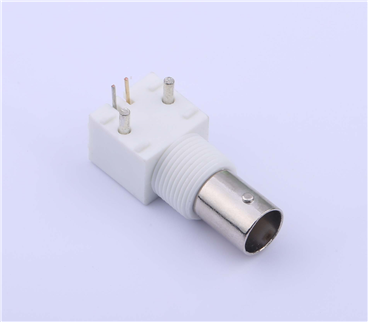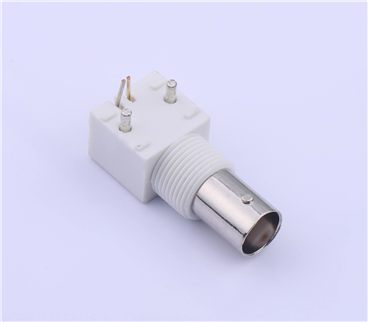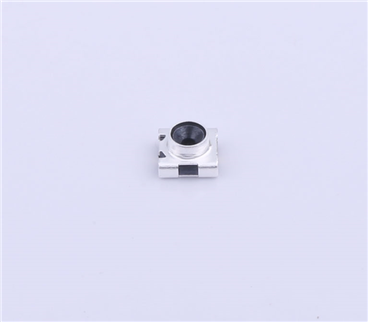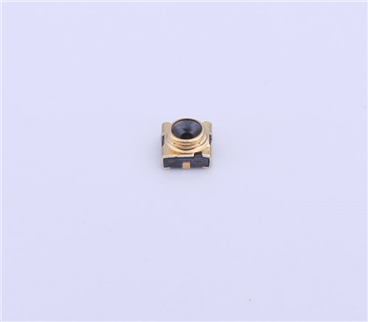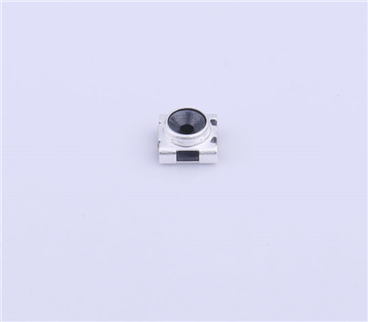Service hotline
+86 0755-23615795
Release date:2025-07-08Author source:KinghelmViews:4
To address wire gauge compatibility during cable-to-terminal pairing, consider the following solutions:
1. Pre-Selection and Planning
Define Operational Requirements: Determine current, voltage, and power specifications based on application scenarios. For high-power systems, select wire gauges capable of handling the required current to prevent overheating and safety risks.
Review Equipment Specifications: Check technical manuals for recommended wire gauge ranges for terminals or devices. Design and manufacturing variations may impose specific gauge requirements.
Environmental Considerations: Account for extreme temperatures, humidity, or corrosive conditions. For example, use larger wire diameters with superior thermal dissipation in high-temperature environments.
2. Wire Gauge Matching
Wire Diameter Compatibility: Ensure the wire diameter matches the terminal’s aperture or slot dimensions. Oversized wires may deform terminals, while undersized wires risk poor contact and electrical instability.
Conductor Material Selection:
Copper: Preferred for high conductivity in demanding electrical applications.
Aluminum: Cost-effective but requires larger diameters for equivalent current capacity. Ensure compatibility with terminal materials to avoid galvanic corrosion.
Insulation Compatibility: Match insulation materials (e.g., PVC, Teflon) to terminal requirements. Verify temperature resistance, abrasion resistance, and chemical stability for the operating environment.
3. Installation Best Practices
Proper Crimping/Soldering:
Use calibrated crimping tools to achieve optimal pressure, ensuring secure electrical and mechanical bonds.
For soldering, control temperature and duration to prevent cold joints or thermal damage.
Connection Inspection:
Test continuity and contact resistance with a multimeter. Ensure resistance stays within specifications for stable current transfer.
Check for looseness, deformation, or misalignment post-installation.
4. Testing and Validation
Electrical Performance Tests:
Dielectric Withstand Test: Verify insulation integrity under high voltage.
Current-Carrying Capacity Test: Confirm the assembly meets rated current without overheating.
Reliability Testing:
Conduct vibration, thermal cycling, and mechanical stress tests to validate long-term stability in operational conditions.
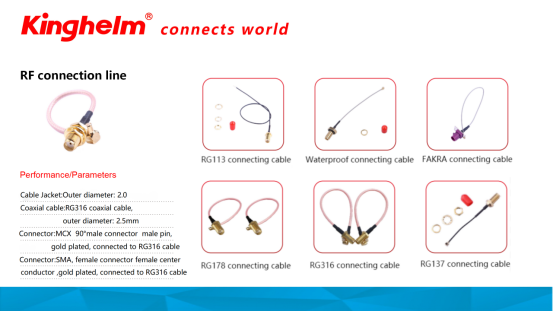
About Kinghelm
Kinghelm is a leading provider of high-quality electronic components,including RoHS-compliant antennas, wires, plug-ins, switches, and connectors. With over 17 years of experience, the company serves industries including automotive, telecommunications, industrial automation, medical devices, and consumer electronics. Kinghelm is known for its durable, reliable components that meet international standards and are used in applications ranging from renewable energy to IoT devices.

